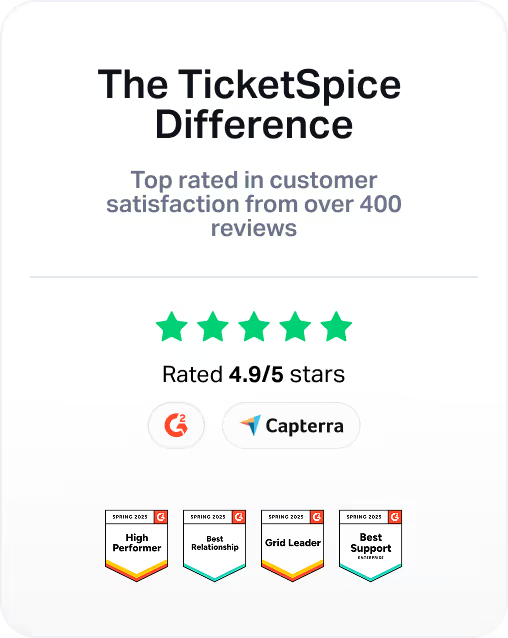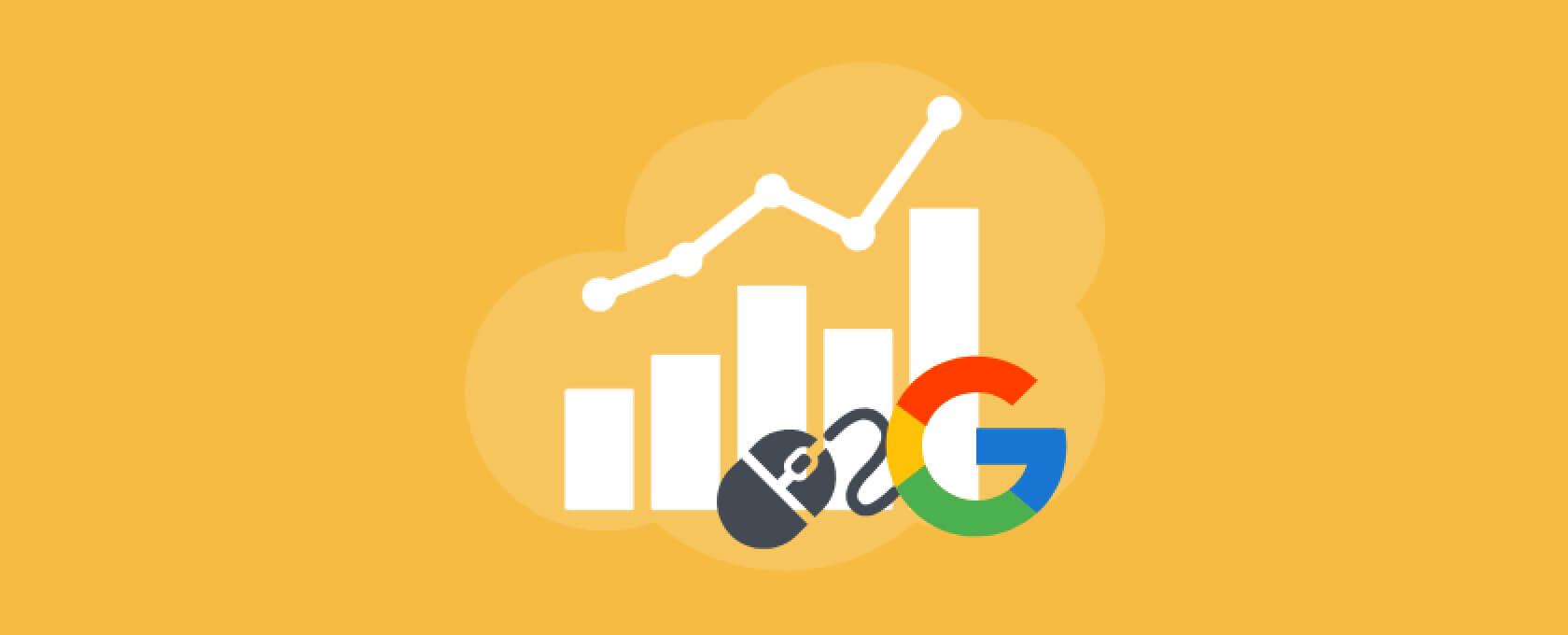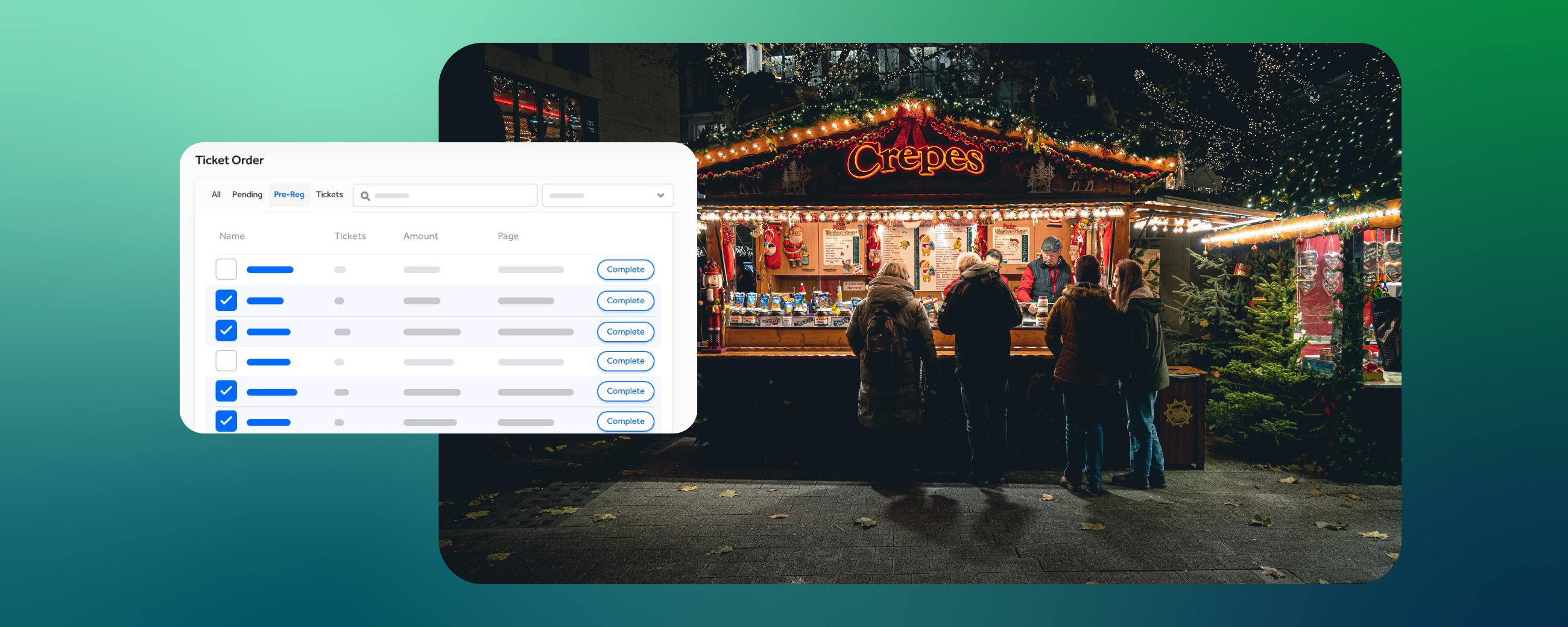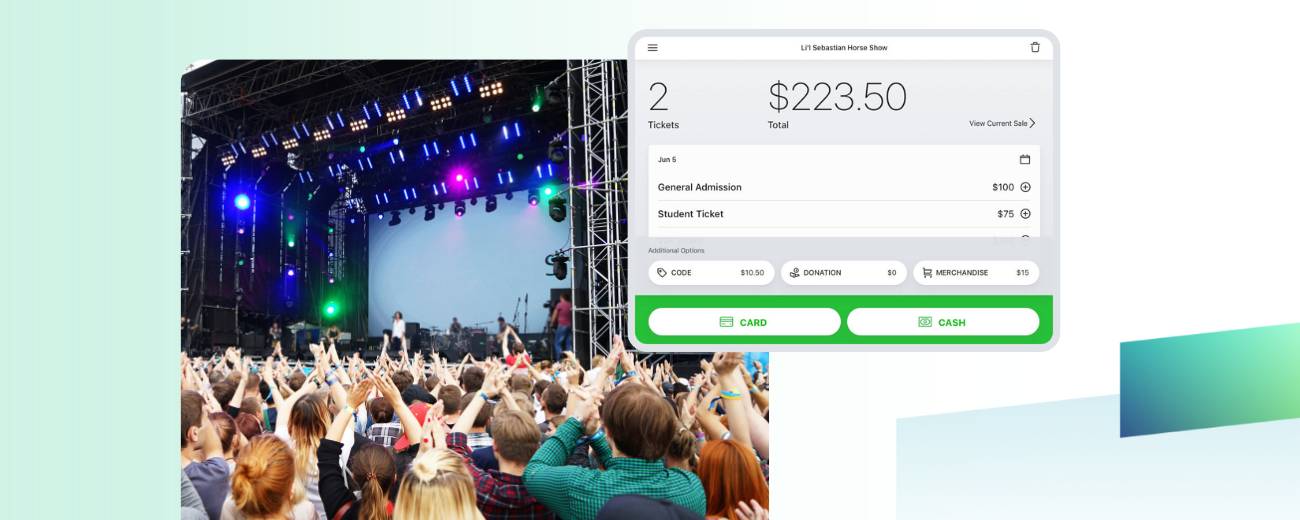Tracking and marketing software is straight-up confusing. Once you decide to dive into analytics, tracking and ads, it can feel like you are lost in an ocean of information. With so much information, how do you know what to use? What is a waste of your time? And how much money is this going to cost? You want to know what’s going to give you the best return on investment of time and money.
My goal is to simplify this difficult topic and boil it down to the need to knows. I want you to have a better understanding of the popular Google marketing products and what you get from it, so you will be equipped to decide what you want to use. We will be covering items that our system integrates with, which are: Google Analytics, Google Tag Manager and Google Ads. Let’s get started.
Google Analytics
- Cost: Free
- What does it provide: An understanding of who is on your website by gathering user data such as age, place of residence, how long they were on your page and where they went during their visit.
- Why is this important: Knowing your audience is important to help future endeavors. Your goal may be to catch the 18-25 year old male market but you might learn middle age woman like your event. This will give you the insight to change your product and marketing strategy to catch the eye of your target audience or to switch your target audience.
- Who should use it: This is one tracking product everyone should be using. If you are a 1 person show or a large company, knowing your analytics is worth investing the time and effort.
- Tip: Our system has Google Analytics built into it so you can hit the ground running and save time. But if you want custom reports and want to hone in on a specific piece of data, you can create your own Google Analytics account. Then add it to your event page and build your own reports in the Google system.
Google Tag Manager
- Cost: Free
- What does it provide: A big plus is being able to enable tracking features without being completely reliant on web developers. No need to “code”. If your page sells a product, you are able to track purchases and conversions. You can also group Google Analytics and other third-party tracking software all in one place. There’s also a debug window to test prior to going live, which is another aspect that is great. This will save you a headache or two down the road.
- Why is this important: You can do a lot all in one place, and it creates personnel job flexibility. If your company is tracking visitor data with a few programs, you can keep the tags in a single place. This frees up some of the developer’s time to pursue more technical tasks will speed up everyone’s work.
- Who should use it: Someone with technical knowledge or someone ready to learn it. There is an initial time investment required to learn Google Tag Manager, because you can do so much. But you will quickly learn that while it’s vast, you can do simple things with just a few hours of learning. I think any company, large or small, looking to add another tool to their analytics belt would benefit. Of course, some personnel time need to be invested, but it is an investment that can pay off.
Google Ads
- Cost: It depends, you create a budget.
- What does it provide: While SEO is important, Google Ads is simply faster, more cost-effective, and has a more tangible ROI than paying for SEO service. If you are not showing up in the search results like you would want to, you can use Google Ads to pay to be at the top.
Remarketing to your audience is also a key use.From Google, “Remarketing shows ads to people who've visited your website or used your mobile app. When people leave your website without buying anything, for example, remarketing helps you reconnect with them by showing relevant ads across their different devices.”
If you are wondering why the ad for those shoes you looked at keep popping up, Google Ads remarketing could be the way they are following you around and taunting you. - Why is this important: You want to get your business in front of as many eyes as possible and the front page of Google is one of the most effective ways to do this. Think of the last time you search page 4 or 5 of your Google search. Yep, I can’t remember either.
- Who should use it: If you have the money to invest, most business could benefit from using Google Ads if relying on search results to drive business is part of the plan. If you have a strong email list and are relying on social media posts to drive business, Google Ads may not be as important to you. If all of those resources are operating at maximum capacity, Google Ads could be your next step.
These are the 3 products from the Google arsenal that we have direct page integrations with. My goal was to give you a down and dirty explanation of what these products do. This information is just scratching the surface and I hope you will spend time learning more in-depth information on the system that most interested you. They can help you understand your audience better and in the long run the information should give you knowledge on how to increase your event participation.
Do you currently use these tools? If so, what have you found most useful? Let us know which ones are the most useful for you and pass on tips or tricks that you have. Click on the chat on the lower right corner.





















